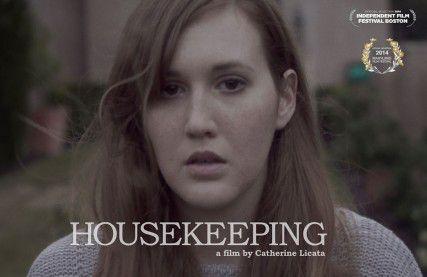Something’s telling the scientific community that extra-sensory perception could be real. It might just be a funny feeling – or it might be the statistical findings of Daryl Bem, a renowned psychologist at Cornell University.
Bem’s evidence for ESP is slated to appear in the Journal of Personality and Social Psychology, but not everyone is following this hunch. Some critics argue that the study’s main significance lies not in ESP itself, but rather what it illuminates about the statistical methods used by Bem and other social scientists.
If the numbers can ostensibly prove ESP, what does that say about the numbers’ reliability?
HIDDEN COMMENTARY?
However, Paul Lipton, the associate director of undergraduate neuroscience at Boston University, said Bem’s numbers just don’t add up – at least not to ESP.
“The statistics he used aren’t appropriate for what he was doing,” Lipton said.
He said Bem’s statistical experiments didn’t fully encompass investigations, such as brain imaging and other non-numerical analyses, that would be necessary to thoroughly examine ESP.
According to CBS, Bem tested more than 1,000 volunteers over an eight-year period to see whether they could predict the outcome of certain experiments. He asked volunteers to look at two curtains shown on a computer screen and guess which one concealed an image. The images ranged from the mundane to the pornographic.
Bem’s volunteers correctly guessed pornographic images 53 percent of the time and other images 50 percent of the time.
Bem, who first posited the main opposing theory to cognitive dissonance, is known for his rational thinking in social psychology. While some argue that the Journal of Personality and Social Psychology accepted the study because of Bem’s reputation, others believe it proves the extensiveness and accuracy of the observations.
“Nobody in any critique or endorsement could say anything about the tests,” Lipton said. “They were very well controlled, but then again it makes no sense.”
Instead, Lipton said he believes Bem’s aim could have been to comment on the scientific methodology itself.
“It’s not so much of him saying ‘I believe,’ but I think he could be arguing that the statistics don’t properly test the possibility of ESP,” Lipton said. “He might be highlighting a flaw in social science statistics. If he can publish in a journal a study about ESP existing, something must be wrong.”
Social science employs a methodology known as Bayes’ theorem, which bases conclusions on information gathered from observation or experiment. When evaluating such an experiment such as Bem’s, most consider that when the number of subjects increases, the chance of a statistical flaw decreases. Meanwhile, the probability that a trend will surface increases.
“Even though the likelihood of the outcome being affected by chance gets smaller, you’re still more likely to see a statistical difference,” Lipton said.
While the statistical difference in Bem’s study is only three percent, it is scientifically enough to be considered numerically valid.
A FORMULA FOR SKEPTICISM
The next question for the unconvinced: If the numbers could lead people to interpret Bem’s findings as a testament to ESP, how reliable are the experiments and the statistics practiced by social scientists?
“[The study] is one of the ways to change how the public sees this information,” Lipton said, though he added that he doubts this one study will encourage people to change the way they conduct such experiments.
Steven Lin, a freshman in the College of Arts and Sciences pursuing a degree in neuroscience, argued that no experiment could prove the existence of ESP.
“If I suppose that the results in the experiment could have been a coincidence, showing some sort of correlation,” he said.
Lin said he believes it would be impossible for the human brain to sustain so much activity and, more importantly, that there is too much variability for anyone to know the outcome of various events.
“We should see ESP as something that’s supernatural, rather than something that can be integrated into science,” he said.
CAS freshman Alex Wiles said he would only believe such a study’s statistical findings if the results could be reproduced.
“You could flip a coin 1,000 times and it could fall on heads 53 percent of the time by chance,” he said. “That wouldn’t be a big enough margin to make it conclusive evidence.”






















































































































